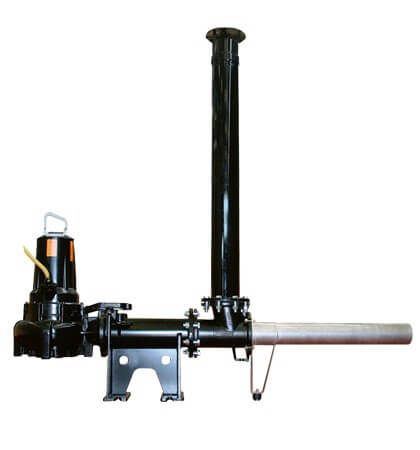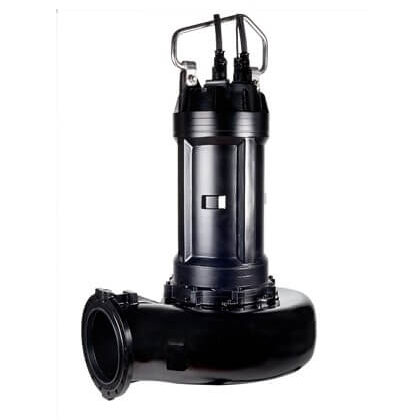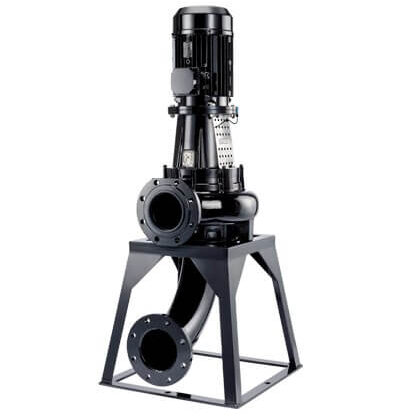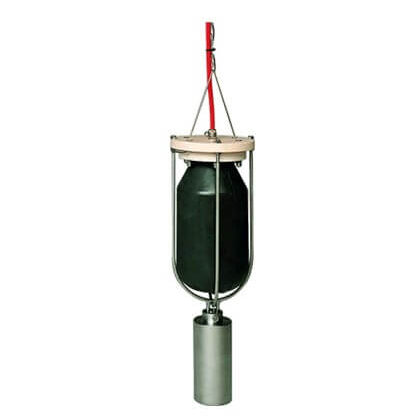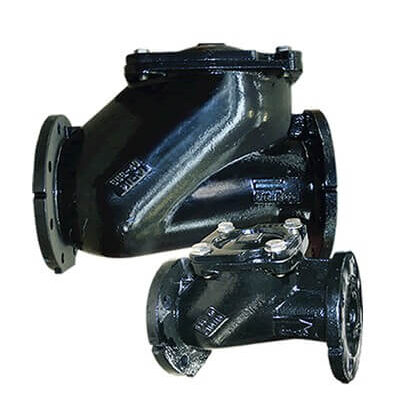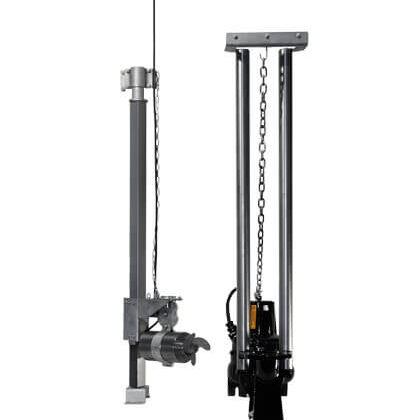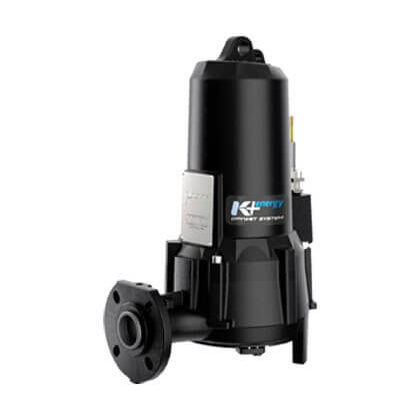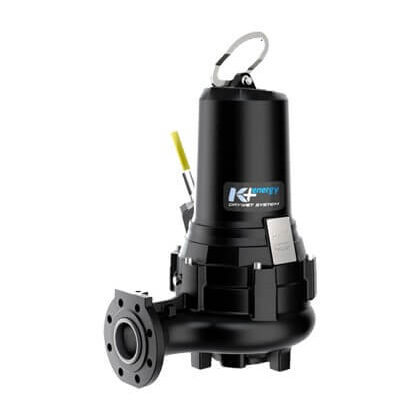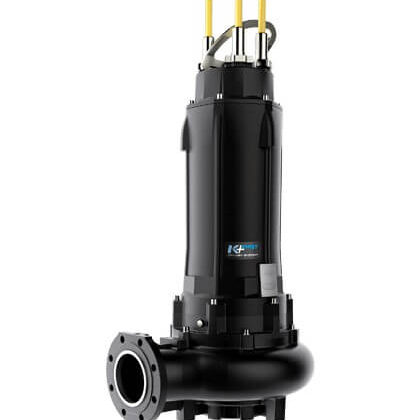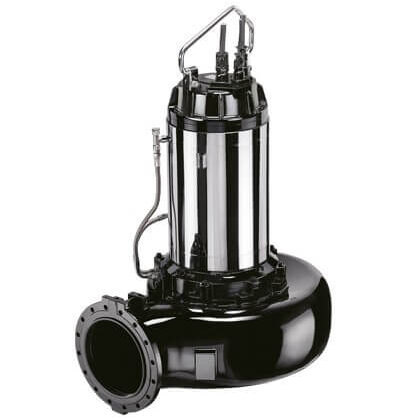Caprari Stormwater – Stormwater collection, management and control
Rainwater disposal not only affects the safety of the natural bodies of water (rivers, canals, lakes, ponds, reservoirs, etc.) into which it flows, but the entire sewer network through to the local and district water treatment systems. Rainwater pollution is mainly caused by: substances that come straight from the actual soil and, to a lesser degree, from the atmosphere.
Thus the first fraction of rain collected turns out to be polluted to a greater extent as it combines with all the pollutants that settle on the soil during dry weather. Use of storage tanks is becoming increasingly more widespread in an endeavour to reduce the environmental impact that occurs when first-flush rainwater is disposed of in natural bodies of water. The purpose of these tanks is to collect and hold the first fraction of the water produced by a heavy downpour, thus preventing it from flowing into natural bodies of water in an uncontrolled way.
However, the solids in first-flush rainwater settle at the bottom of these tanks and make them considerably difficult to manage. These solids contain a certain organic fraction that helps microorganisms and bacteria to proliferate in the presence of high temperatures and humidity, leading to the production of gas and unpleasant odours. This means that cleaning and the removal of these sediment is of prime importance when it comes to servicing primary rain storage tanks.
